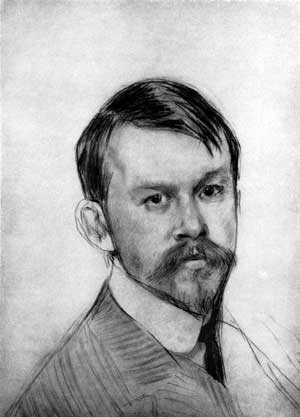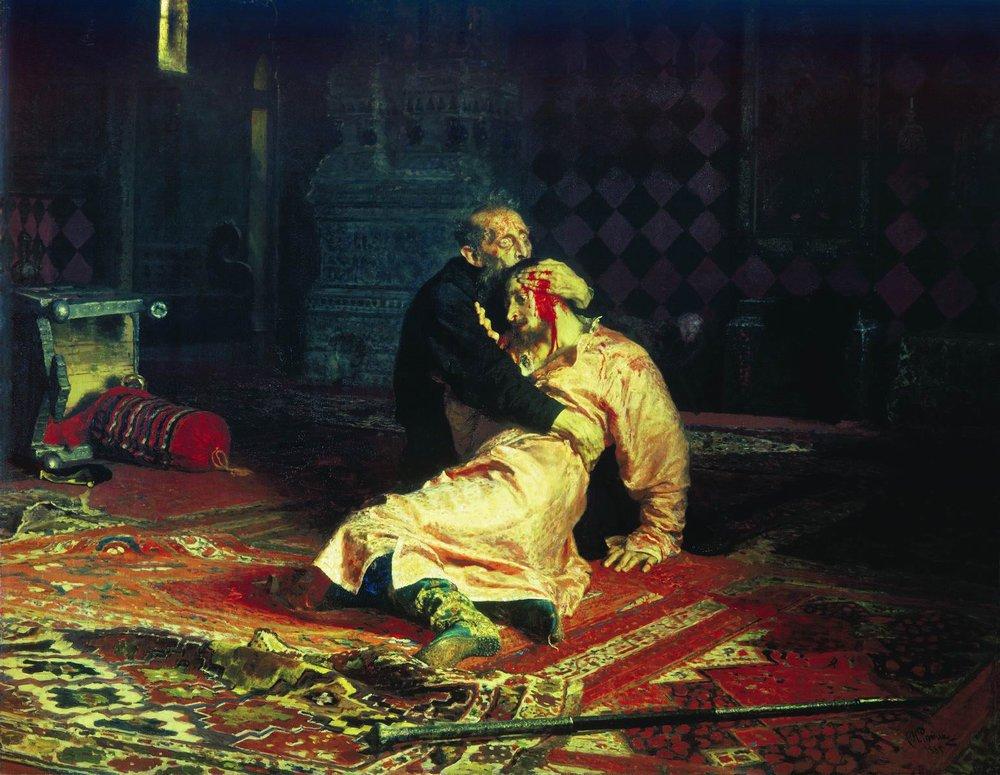Ilya Yefimovich Repin - Paintings and Biography
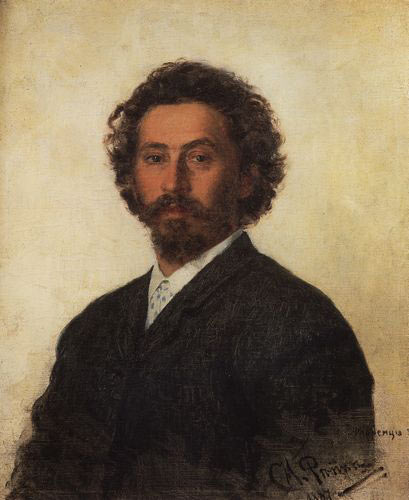
I.E. Repin was born in Chuguev, which is located on the territory of the Kharkov province, in 1844. At that time, no one could think that this ordinary boy originating from a poor family would become a great Russian artist. His mother first noticed his talent when he helped her to prepare for Easter, painting the eggs. No matter how happy the mother was for such a talent, she did not have money for its development.
Ilya began to attend the lessons provided at the local school, where he studied topography; once the school had been closed, he joined the icon painter N. Bunakov, in his workshop. Having received the necessary skills in drawing there, fifteen-year-old Repin became a frequent participant in the painting of numerous village churches. This continued for four about years, and after that, with the accumulated one hundred rubles, the future artist traveled to St. Petersburg, planning to enter the Academy of Arts.
After failing the entry examinations, he attended the preparatory art school at the Society for the Encouragement of the Arts. Among his first teachers there was I.N. Kramskoy, who for a long time was Repin's faithful mentor. The next year, Ilya Efimovich was admitted to the Academy, where he began to create academic works, and at the same time wrote several works of his own.
The matured Repin graduated from the Academy in 1871 as a ready to go artist. His diploma work, which was awarded with the Golden Medal, was a painting called by the artist "The Resurrection of Jairus's Daughter". This work was recognized as the best of all those ever created at the Academy of Arts. Still young, Repin started paying attention to portraits, and painted in 1869 a portrait of the young V.A. Shevtsova, who three years later became his wife.
But the great artist became widely recognized only in 1871, after painting a group portrait "Slavic composers". Among the twenty-two figures depicted in the painting are composers from Russia, Poland and the Czech Republic. In 1873, while traveling to Paris, the artist got acquainted with the French art of impressionism, and he was not delighted at all. Three years later, returning to Russia again, he immediately went to his native town of Chuguev, and in the fall of 1877 he became Moscow resident.
During this time, he met the Mamontov family, and spent some time communicating with other young talents in their workshop. Then work began on the famous painting "The Cossacks", completed in 1891. There were many more works that are quite popular today, including many portraits of prominent personalities, including the chemist Mendeleev, M.I. Glinka, daughter of his friend Tretyakov A.P. Botkina and so many others. There are many also works and depicting Leo Tolstoy.
The year 1887 was a turning point for Ilya Repin. He divorced his wife, accusing him of bureaucracy, and left the ranks of the Association, which was engaged in organizing traveling exhibitions of artists, and the artist's health did deteriorate significantly.
During the period from 1894 to 1907 he was the head of a workshop at the Art Academy, and in 1901 he received a big order from the government. Attending multiple council meetings, after just a couple of years, he presents the finished painting "Council of State". This work, with a total area of thirty-five square meters, was the last of the great works.
Repin married for the second time in 1899, choosing N.B. Nordman-Severova as his companion, with whom they moved to the town of Kuokkala and lived there for three decades. In 1918, due to the war with the White Finns, he lost the opportunity to visit Russia, but in 1926 he received a government invitation, which he rejected for health reasons. In September 1930, on the 29th, the artist Ilya Efimovich Repin passed away.
Comments (0)
Top
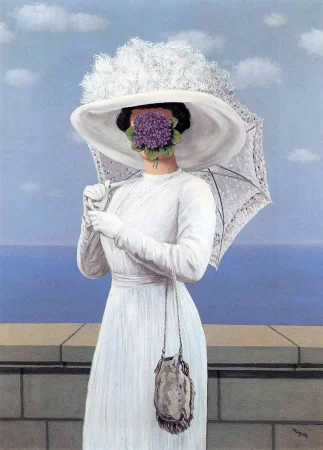 Painting The Great War, Rene Magritte - Meaning and Analysis
Painting The Great War, Rene Magritte - Meaning and Analysis
The Great War - Rene Magritte. Canvas, oil. 81 x 60 cm...
10.10.23
1 492
0
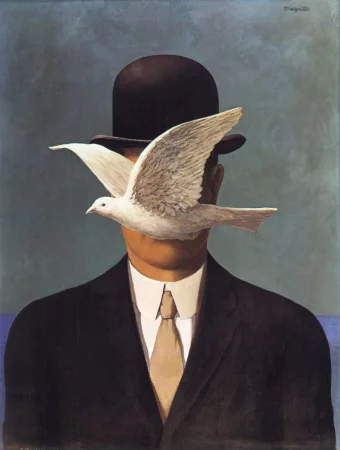 The man in the bowler hat, Rene Magritte
The man in the bowler hat, Rene Magritte
The man in the bowler hat - Rene Magritte. Canvas, oil. 70 x 50 cm...
06.09.23
3 270
0
